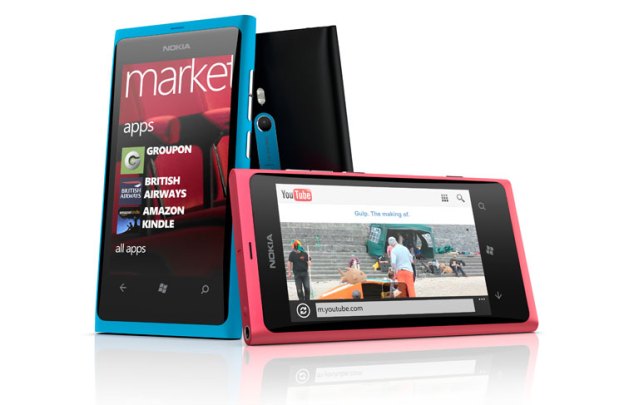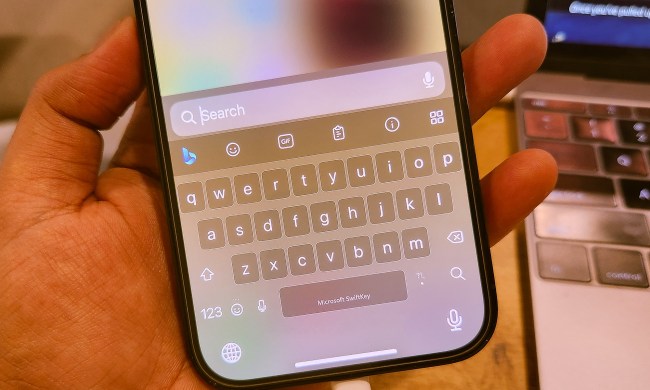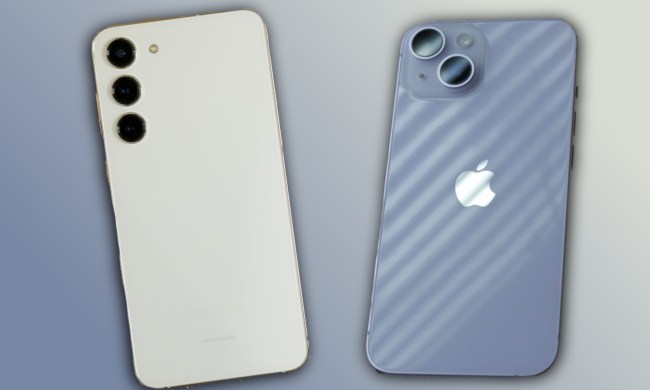
Market research firm Nielsen has released new figures on smartphone ownership and U.S. marketshare during the third quarter of 2011. The leading numbers aren’t too surprising, with Android accounting for 42.8 percent of the market, Apple’s iOS coming in second with a 28.3 percent share, and RIM’s BlackBerry platform managing a 17.8 percent share. However, in what might be a challenge for Microsoft, the Redmond software giant saw its combined share for Windows Mobile and Windows Phone slide from 9 percent in the first quarter to just 6.1 percent in the third quarter.
But did it? Nielsen also has another slice of the market separated off as “Windows Phone” with a 1.2 percent share. If those two numbers can be combined, that would mean Microsoft smartphone OS’s accounted for 7.3 percent of the market in the third quarter: still a slump, but not as dramatic.

Nielsen’s third-quarter figures account for sales right up to the time Microsoft introduced Windows Phone 7.5 “Mango”—which didn’t complete its rollout until the end of last month. As a result, Nielsen’s figures likely don’t account for any additional momentum the Windows Phone platform picked up from the Mango release; between Mango, high-profile phones like the Nokia Lumia 800 and 710, and the end-of-year holiday buying season, Microsoft’s third-quarter smartphone slump may turn out to be a footnote rather than a trend.
Perhaps more interesting, Nielsen finds that 44 percent of all U.S. mobile subscribers now have a smartphone. Of those, some 71 percent are using either Android or iOS, which doesn’t leave a lot of space in the market for other players. Nielsen also found smartphone adoption varies by age, but surprisingly it’s not exactly the youngsters leading the way. Nielsen found the smartphone adoption is greatest amongst 25-34 year olds, with 62 percent owning a smartphone—that’s far ahead of the 54 percent of 18-24 year-olds who have smartphones. Surprisingly, even older folks weren’t far behind: 53 percent of mobile users aged 35 to 44 are now using smartphones.
The age group with the lowest smartphone penetration? Unsurprisingly, mobile users 65 years of age and older, with only an 18 percent adoption rate.

